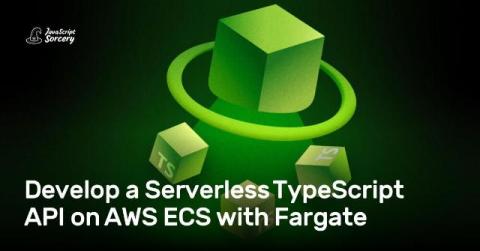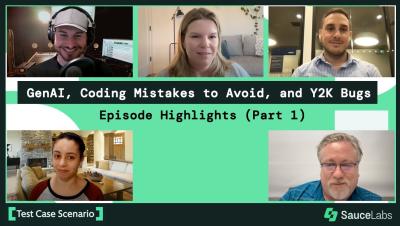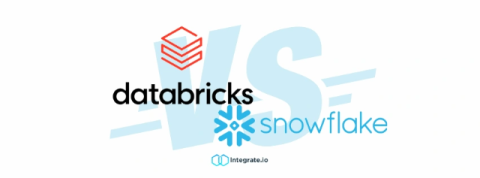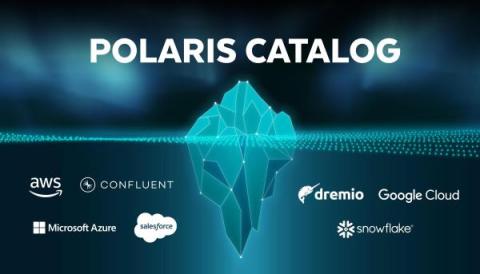How to Use Tailwind CSS for Your Ruby On Rails Project
It's hard to overstate the importance of Cascading Style Sheets (CSS) for all websites. Since the first CSS standards were published in late 1996, we have come quite far regarding features and ecosystems. Several frameworks have appeared and proved popular, one of the most recent being Tailwind CSS. In this post, we'll first examine Tailwind's utility-first approach before diving into how to use it in a Ruby on Rails application.











